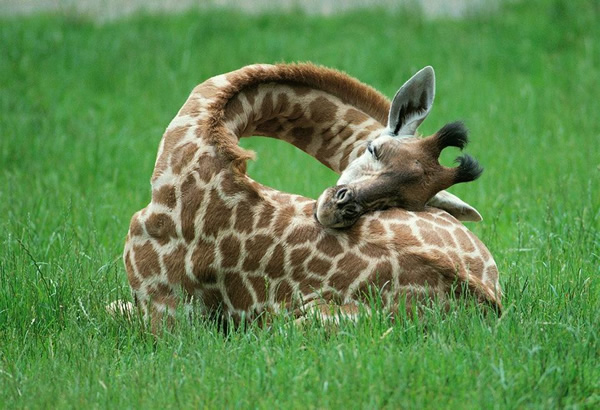My recent research has taken me to the New York passenger lists held by the US national archives and available online on ancestry.com upon subscription.
I'm mostly interested in the transatlantic steamers arriving New York harbor coming from Lisbon in the early 1940s, but there are also some Pan-Am flights. Then as now, customs had to be cleared by passengers and crew. Immigration forms always asked plenty of questions so there's a lot of detail about passengers, whereas crews are just listed by name and task. I was surprised to see that some flights carried only 11 passengers (some none at all, just mail) while requiring a full crew of 12 (list below)... how inefficient!
I then went to investigate the type of plane. The Boeing 314, also known as Yankee (or Atlantic*, or Pacific**, depending on the ocean it was flying over) clipper, was Pan-Am's flying boat. It started flying in 1939 and initially served purely commercial purposes, transporting the wealthy of the day across continents, when cruise travel was staple. In 1940, the Atlantic clipper flew regularly from Lisbon to New York (flight affidavit below), stopped in Horta-Azores (photo below), and again in Bermuda, before it reached destination roughly 26 hours later... a huge improvement on the 10-day steamer voyage.
The attack on Pearl Harbor in December 1941 forced the US into World War II and pressed the clipper into carrying personnel and equipement to the war fronts in Europe and the Pacific. The clipper was finally retired in 1946. Of the dozen Yankee clippers ever built, three were lost to accidents, but only one resulted in fatalities. On February 22 1943, 24 out of 39 passengers and crew lost their lives in a landing accident on the Tagus in Lisbon.
*Here a video about the original atlantic clipper flight from New York to Southampton, England.
**Here, perhaps the most dramatic flight of the pacific clipper in January 1942 from Auckland New Zealand to New York.
___________
Por estes dias o meu trabalho levou-me a investigar as listas de passageiros chegados a Nova Iorque, guardadas nos arquivos nacionais norte-americanos e disponíveis online por subscrição do site ancestry.com
Estou particularmente interessada nos passageiros dos navios transatlânticos vindos de Lisboa no princípio dos anos 40, mas há também voos da Pan-Am. Naquele tempo, tal como hoje, passageiros e tripulação passavam pela alfândega à chegada. Os formulários da imigração sempre tiveram muitas questões por isso há bastante detalhe acerca dos passageiros, já a tripulação é apenas listada por nome e função. Foi surpreendente ver que alguns dos voos apenas levavam 11 passageiros (outros ninguém, apenas correio) enquanto era necessária uma tripulação de 12 (lista abaixo)... muito pouco eficiente!
Procurei mais acerca do tipo de avião. O Boeing 314, também conhecido como Yankee (ou Atlantic*, ou Pacific**, conforme o oceano que sobrevoasse) clipper, era o barco voador da Pan-Am. Entrou em operação em 1939 com voos comerciais que transportavam os abastados da altura entre continentes, quando a viagem de navio era ainda dominante. Em 1940 o Atlantic clipper voava regularmente de Lisboa para Nova Iorque (declaração de voo abaixo), com paragem na Horta (foto abaixo), e na Bermuda. A viagem durava cerca de 26 horas, muito menos que os 10 dias no vapor.
O ataque de Pearl Harbor em Dezembro de 1941 levou os EUA a entrar na segunda guerra mundial e o clipper a transportar pessoal e equipamento para as frentes de guerra na Europa e no Pacífico. O Boeing 314 deixou de voar em 1946. Dos doze clippers construídos, três perderam-se em acidentes, mas apenas um resultou em perda de vidas: a 22 de Fevereiro de 1943, 24 de 39 passageiros e tripulação perderam a vida num acidente durante a amaragem no Tejo em Lisboa.
*Aqui um vídeo acerca do primeiro voo do atlantic clipper de Nova Iorque para Southampton na Inglaterra.
**Aqui, talvez o mais dramático voo do pacific clipper em Janeiro de 1942 de Auckland na Nova Zelândia para Nova Iorque.
___________





















/_derived_jpg_q90_600x800_m0/002278r2.jpg?partner=allmovie_soap)











